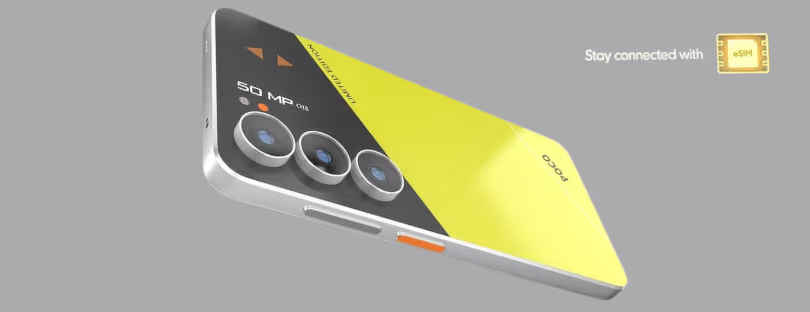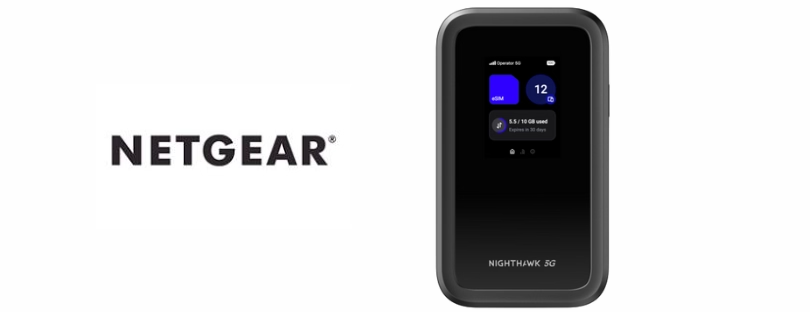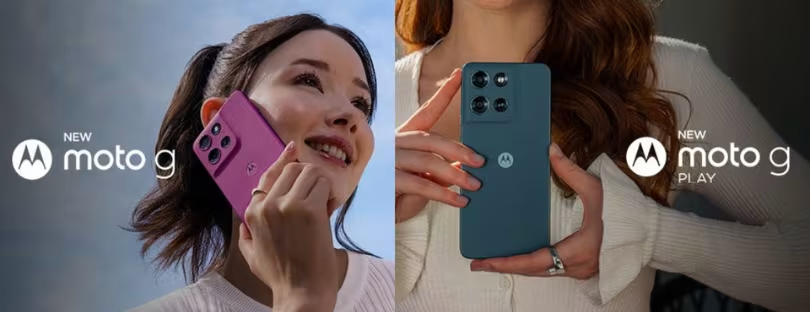
POCO F8 Series Reinvents Its Game With Bose and eSIM
POCO picked a bold stage for its next chapter—a global launch event in Bali—where it finally stepped into the true flagship arena with the new POCO F8 Ultra, POCO F8 Pro, and two new tablets, Pad X1 and Pad M1. For a brand that built its reputation on “maximum performance for minimum money,” this is easily its most ambitious moment yet.
And POCO clearly understood the assignment: if you want to be taken seriously in the premium tier, you bring premium partners. Enter Bose, the audio giant now officially powering sound on the new F8 Series. It’s a move that signals POCO is no longer competing only with mid-range disruptors—it’s eyeing the Samsungs, Xiaomis, and OnePluses of the world.
So what’s actually new here? Let’s break it down in an Alertify-friendly, no-hype-needed way.
The F8 Ultra Wants to Redefine “Affordable Flagship”
If you had to describe the F8 Ultra in one sentence, it would be: a specs monster with surprisingly refined edges.
POCO went all-in with a dual-chip architecture—the Snapdragon 8 Elite Gen 5 paired with its VisionBoost D8 chipset — pushing an AnTuTu score near 4 million. Numbers aside, the phone is clearly built for gamers and power users who refuse to compromise.
POCO’s gaming pitch is serious. The phone pushes up to 120 FPS, supports AI Super Resolution for select titles, and uses WildBoost Optimization to stabilize frame drops—something gamers know matters more than raw FPS averages. In POCO’s internal tests, the F8 Ultra held a 120 FPS session for over four hours without major dips, which is impressive for any smartphone.
Cooling is another major play. Their dual-layer IceLoop system sounds more like something out of a gaming laptop than a phone—and honestly, that’s the point. POCO aims for the “F” series to be the phone gamers choose over niche gaming handsets like RedMagic or ASUS ROG Phone.
A Bose Partnership That Actually Matters
The Bose collaboration is not just a “logo on the box” situation. POCO and Bose created a triple-speaker architecture with a 2.1-channel setup—something unusual for a smartphone. Bose tuned two audio profiles:
- Dynamic (bass-forward, immersive)
- Balanced (clearer vocals, neutral mix)
Many brands love to talk about “immersive audio,” but this is one of the rare cases where the engineering partner is genuinely known for premium sound. If POCO delivers even half of what Bose claims, the F8 Ultra could be one of the best audio experiences available on a non-foldable phone.
Display and Camera: Premium Ambitions, POCO Style
POCO debuts its HyperRGB display, which uses a full RGB subpixel layout instead of the typical pentile arrangement. In everyday language, text should look sharper, the colors more accurate, and the screen runs more efficiently. The new M10 luminescent material improves brightness using less power, and the 6.9-inch panel stays comfortable with all-day DC dimming.
On the camera side, POCO finally joins the periscope club. The F8 Ultra brings a 50MP Light Fusion 950 sensor with OIS, plus a 50MP 5x periscope that stretches to 20x digitally. The company is clearly targeting the likes of the OnePlus 12 and Xiaomi 14, which rely heavily on telephoto versatility to attract premium users.
Night photography, portraits, and videography also get a boost with new film filters and upgraded stabilization. It’s not the absolute best camera system on the market, but it’s likely one of the strongest POCO has ever offered.
Battery, HyperCharge, and HyperOS
The F8 Ultra packs 6500 mAh—the biggest battery in POCO’s history—with 100 W wired and 50 W wireless charging. For heavy users and gamers, this combination will be a major selling point. HyperOS 3 adds AI features, eSIM support, cross-device connectivity, and offline communication capabilities — the latter being genuinely unique and quite useful for travelers.
eSIM support: A bigger deal than POCO actually admits
This is where Alertify readers get the most value. The F8 Ultra and F8 Pro bring full eSIM support, a crucial feature for travelers, business users, and anyone switching between operators without physical SIM cards. POCO doesn’t highlight this loudly in mainstream marketing, but it should.
With eSIM, users can activate local data plans instantly without hunting for SIM shops at airports. For international travelers, digital nomads, and remote professionals, this is now one of the most important features in a flagship. Considering the global rise of eSIM-first operators like Airalo, Airhub, Nomad, and Holafly, POCO’s move aligns with market trends. GSMA Intelligence reports that more than half of all new premium smartphones sold in 2024 were eSIM-enabled, and the adoption curve is now spreading into mid-range segments.
The real advantage for POCO users is how HyperOS handles it. Xiaomi’s new software layer offers simplified eSIM management, smart switching between profiles, and tighter integration with Wi-Fi connectivity features. Combine this with Xiaomi Astral Communication, which improves cellular tuning and even allows limited offline communication, and the F8 Ultra starts looking like a genuinely travel-friendly flagship.
For Alertify’s readers who frequently cross borders, rely on multi-operator plans, or travel across 20–30 countries a year, this is precisely the type of device that makes connectivity easier. No tray, no adapters, no risk of losing a SIM. Scan, activate, move on.
 The F8 Pro: The Practical Flagship
The F8 Pro: The Practical Flagship
While the F8 Ultra shouts for attention, the F8 Pro plays it calmer. It keeps the HyperRGB display and Bose-tuned audio, adds an elegant CNC-milled glass back, and runs on Snapdragon 8 Elite with a slightly smaller 6210mAh battery and the same 100W charging.
The big upgrade here is the addition of a dedicated telephoto lens — a first for POCO’s Pro lineup—giving users more creative shooting flexibility without jumping to the Ultra.
POCO Expands Beyond Phones: Pad X1 and Pad M1
POCO also rolled out two new tablets designed for creators, students, and gamers:
POCO Pad X1
- Snapdragon 7+ Gen 3
- 11.2-inch 3.2K 144Hz display
- Quad speakers with Dolby Atmos
- 8850mAh battery
This one is clearly aimed at the performance mid-range tablet crowd.
POCO Pad M1
- Snapdragon 7s Gen 4
- 12.1-inch 2.5K 120Hz screen
- Quad speakers, 12,000mAh battery
A more entertainment-oriented pick, ideal for long flights, streaming, and working on the go.
Final thoughts on POCO’s flagship gamble
The F8 Ultra marks POCO’s first confident step into the premium arena—and it arrives at a moment when the smartphone market is shifting. Flagship killers are becoming flagships themselves, while traditional premium players like Samsung and Apple rely more on ecosystem lock-in than raw specs.
POCO’s strategy feels closer to OnePlus in its early years: overdeliver on hardware, stay aggressive on pricing, and attract a younger, tech-savvy crowd that values performance above brand status. The Bose partnership mirrors similar moves by brands like Huawei (with Leica) or Oppo (with Hasselblad), signaling that POCO wants long-term credibility, not just a one-off spec sheet victory.
According to Counterpoint Research and IDC data, the global premium segment keeps growing even as overall smartphone shipments fall—meaning POCO is entering the right market at the right time. The real test will be long-term software support, ecosystem integration, and continued camera innovation, the areas where the big players still lead.
For now, though?
POCO has finally built a flagship that looks, feels, and performs like one—and that alone puts the industry on notice.












